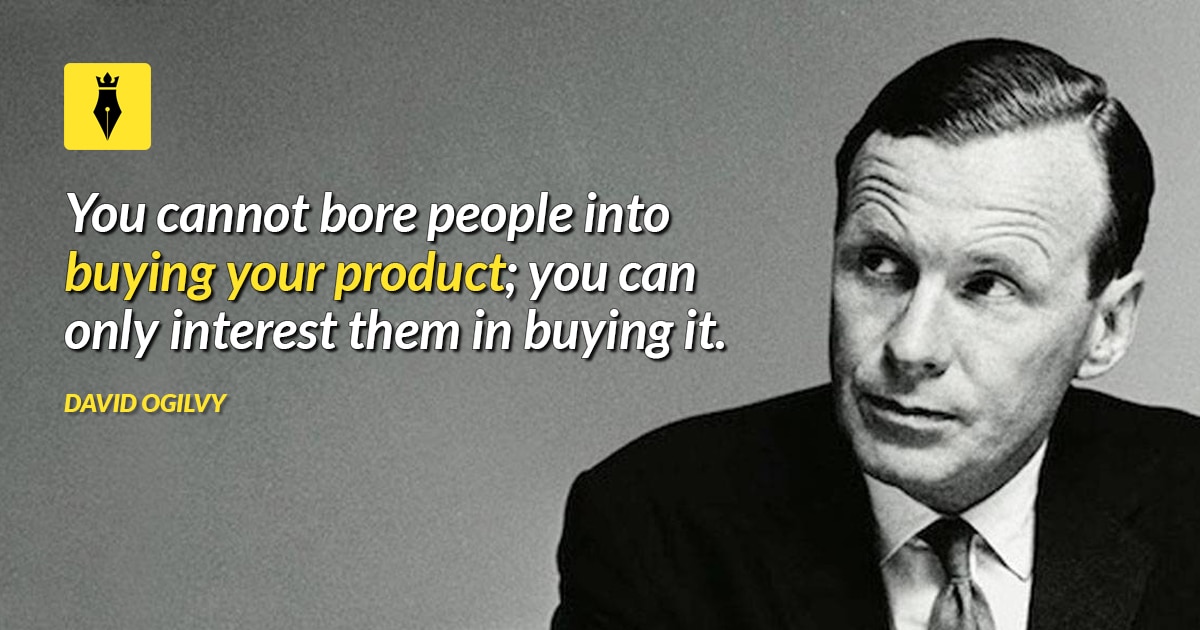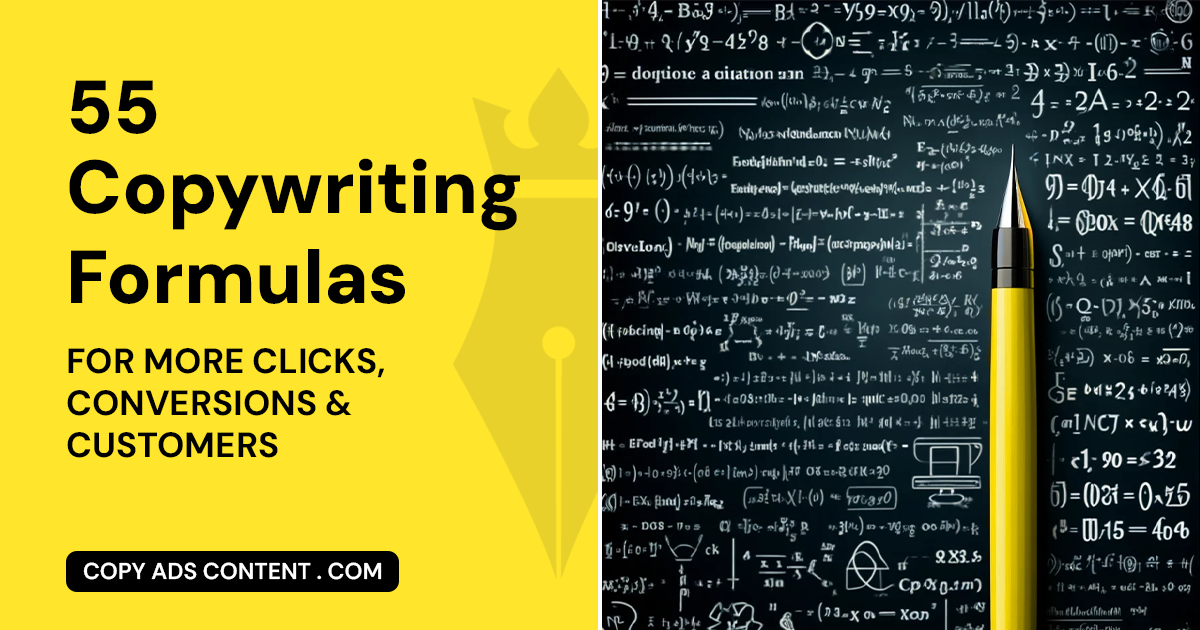As a copywriter, I’ve learned that effective messaging hinges on three critical elements: delivering the right message to the right audience at the right time. However, it may not be as easy as it seems.
The Challenge of Strategic Investment in Modern Marketing & Advertising
Companies today are grappling with where to allocate their marketing budgets effectively. With algorithms constantly evolving, capturing and retaining customer attention online is becoming harder.
Should you focus on optimizing your website, invest more in social media, or perhaps leverage video marketing to drive conversions?
These questions are becoming increasingly relevant as platforms like Google and social media giants change the rules of engagement.
Recent SparkToro data reveals that nearly 60% of Google searches in the US end in zero clicks, meaning users get their information directly from search results without visiting external sites.

This phenomenon, known as zero-click attribution, underscores the increasing difficulty for businesses to drive traffic to their own sites through organic search alone.
Google isn’t the only platform making it difficult for companies to thrive online.
Social media platforms also intensify this challenge by hoarding users’ attention and limiting off-platform experiences (unless you invest in paid advertising).
Another example is that Facebook and Instagram have implemented algorithms that favor content within their ecosystems, making it harder for organic posts to reach a wide audience without paid promotion. That’s not to mention the risk of being shown less by those you follow (i.e., friends and families) and more posts from accounts you don’t follow (The Verge).
Will this be the death of digital marketing?
Let’s face it: These platforms are becoming gatekeepers, controlling the flow of information and interactions. They are forcing us to spend more time, money, and resources to deliver an on-platform experience that appeases our algorithmic overlords.
Yet, despite the hurdles presented, there’s a silver lining. The key to overcoming these challenges lies in creating an effective messaging strategy. You can still achieve significant marketing success by pinpointing the right audience, selecting the optimal channels, and delivering compelling content at the right time.
So, let’s uncover some practical techniques for defining your audience, choosing effective platforms, and timing your messages perfectly.

Defining the Right Audience
Have you ever wondered if your message is reaching the right people? Who exactly are the people you want to connect with?
An effective messaging strategy starts with clearly defining your audience. Understanding not just who they are, but what they want, where they spend their time, and how they prefer to receive information is crucial for effective communication.
A deep dive into your target audience involves several steps:
- Analyze Competitors: Look at your competitors to see who they target and how they communicate with their audience. HubSpot’s research found that improving content quality and analyzing competitors are top tactics for content marketing success.
- Conduct Market Research: Use surveys, interviews, and data analysis to gather insights about your customers’ demographics, interests, behaviors, and pain points.
- Create Customer Personas: Develop detailed profiles of your ideal customers. Include age, gender, occupation, income level, and preferences.
- Segment Your Audience: Divide your audience into segments based on common characteristics. This can help tailor messages to specific groups, making your communication more relevant and effective.
- Monitor and Adapt: Regularly review and update your audience definitions based on new data and feedback. Audience preferences and behaviors can change, so staying adaptable is key.
Once you clearly understand your audience, you can tailor your messaging to resonate more effectively. This clarity will inform every aspect of your marketing strategy, from the platforms you choose to the content you create.
Finding the Right Channels
Once you know your audience, the next step is to choose the right channels to reach them. Understanding where your audience spends their time is crucial for effective communication.
By selecting the appropriate channels, you can ensure your message is seen by the right people, increasing the likelihood of engagement and conversion.
However, with so many channels available today, it’s essential to focus on those that align with your audience’s habits and preferences. For example:
- Where does my audience spend most of their time online?
- Are they more active on social media platforms like Facebook, Instagram, LinkedIn, or Twitter?
- Do they frequent certain forums, blogs, or online communities?
- What type of content does my audience prefer?
- Do they engage more with videos, articles, podcasts, or infographics?
- Are they looking for educational content, entertainment, or industry news?
- When is my audience most active online?
- Are they more likely to be online during weekdays, weekends, or specific times of the day?
- How does their online activity correlate with their engagement rates?
- How does my audience prefer to receive information?
- Do they prefer email newsletters, social media updates, or push notifications?
- Are they more responsive to direct communication or passive content consumption?
- What platforms do my competitors use to reach a similar audience?
- Which channels are competitors using, and how effective are they in engaging the audience?
- Can I identify any gaps or opportunities that my competitors are not exploiting?
Channels to consider:
- Social Media: Platforms like Facebook, Instagram, Twitter, and LinkedIn offer powerful targeting options. Analyze which platforms your audience frequents and tailor your messages to fit each one’s unique style and format.
- Email Marketing: Email remains one of the most effective ways to communicate with your audience. Ensure your emails are personalized, well-timed, and relevant to the recipient’s interests.
- Content Marketing: Blogs, videos, and podcasts are excellent for building trust and authority. Create content that addresses your audience’s questions and provides value, positioning your brand as a helpful resource.
- Search Engines: Pay-Per-Click (PPC) advertising on search engines like Google captures users actively searching for products or services like yours. Use keyword research to ensure your ads appear in relevant searches.
- Traditional Media: Don’t overlook traditional media like television, radio, and outdoor advertising. These channels can be particularly effective for local businesses or events.
Once you know where your audience spends their time, you can tailor your approach to meet them where they are, ensuring your message is both seen and heard.
This alignment of audience and channel enhances your reach and improves the overall effectiveness of your marketing efforts.
Publishing the Right Message
Your message needs to hit the mark even with the right audience and channels. Crafting the right message for different audiences is crucial to ensure its effectiveness. Here’s how to make sure your message resonates:
Be Clear and Concise
- Your message should be easy to understand.
- Avoid jargon and get straight to the point.
- Try using copywriting formulas to improve your messaging’s imapct
- Clarity helps your audience quickly grasp your value proposition, which is essential in maintaining their attention.
- A clear and concise message eliminates confusion and enhances comprehension, making it more likely for your audience to engage.
Highlight Benefits
- Focus on how your product or service can solve your audience’s problems or meet their needs.
- Instead of just listing features, emphasize the benefits and outcomes your audience can expect.
Use a Strong Call to Action
- Encourage your audience to take the next step, whether it’s signing up for a newsletter, making a purchase, or contacting you for more information.
- A strong call to action (CTA) provides clear direction and motivates your audience to act.
- Ensure your CTA is specific, urgent, and relevant to the content of your message.
Personalize Your Message
- Tailor your message to speak directly to your audience’s interests and pain points. Personalization can make your message more engaging and effective.
- Use data and insights about your audience to create messages that feel bespoke and relevant to each segment.
- Personalized messages show that you understand your audience and value their individual preferences and needs.
Making the Message Work
To improve your messaging’s effectiveness, a combination of the right content and the right delivery is key. Here’s a closer look at how to achieve this:
- Understand Your Audience’s Language: Use the language and terminology that your audience is familiar with. This makes your message more relatable and understandable.
- Consistency Across Channels: Maintain a consistent message across all channels to reinforce your brand’s voice and message. This consistency builds trust and recognition.
- Feedback and Adaptation: Continuously gather feedback and adapt your message accordingly. Audience preferences can change, so staying responsive to feedback ensures your message remains relevant and effective.
- Storytelling: Incorporate storytelling into your messaging. Stories are memorable and can make your message more impactful by creating an emotional connection with your audience.
- Visual Elements: Use visuals to complement your message. Images, videos, and infographics can enhance understanding and engagement.
Having crafted the right message, the next critical step is timing its delivery. Understanding when to connect with your audience can significantly amplify the impact of your message. Let’s explore how to time your messages for maximum effectiveness.
Timing Your Message
Timing is everything. Do you know when your audience is most receptive to your message? Here’s how to ensure your message hits at the optimal moment:
- Seasonality: Align your messages with seasons, holidays, or events relevant to your products or services. For example, promote holiday sales during the festive season or back-to-school deals in late summer.
- Day and Time: Different audiences are active at different times. Analyze when your audience is most likely to engage with your messages. For B2B audiences, weekdays during business hours might be best, while consumer products may perform better in the evenings or weekends.
- Frequency: Avoid overwhelming your audience with too many messages. Instead, find the right balance to keep your brand top-of-mind without being intrusive.
- Events and Trends: Stay informed about current events and trends that relate to your business. Leveraging these moments can make your messaging more timely and relevant.
- A/B Testing: Experiment with different timing strategies to see what works best for your audience. Use A/B testing to compare the performance of messages sent at different times and refine your approach based on the results.
Data-Driven Decision Making
Data is your most valuable asset. By analyzing the performance of your messages, you can make informed decisions to continuously improve your strategy.
- Monitor Key Metrics: Track metrics such as click-through rates (CTR), conversion rates, and return on investment (ROI). These indicators will help you understand what’s working and what’s not.
- Refine Your Approach: Use the insights gained from your data analysis to tweak your messaging, audience targeting, and timing. Continuously refining your approach ensures your strategy remains effective and aligned with your audience’s needs.
- Stay Agile: The marketing landscape is constantly evolving. Be prepared to adapt your strategy based on new data, emerging trends, and changing audience behaviors.
Final Thoughts on Crafting Effective Messaging
The secret of successful marketing is delivering the right message to the right audience at the right time. By understanding your audience, choosing the appropriate channels, and timing your messages perfectly, you can maximize the impact of your efforts.
At Copy Ads Content, I’m dedicated to helping you master this art and drive better results for your business. Remember, it’s not just about what you say, but when and where you say it, that makes all the difference.





